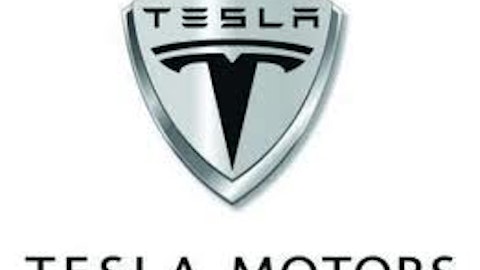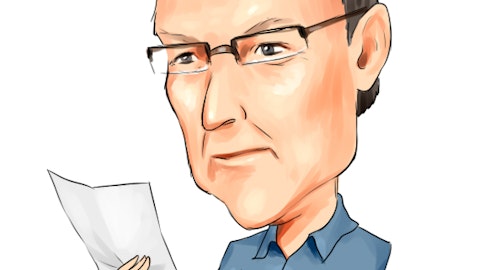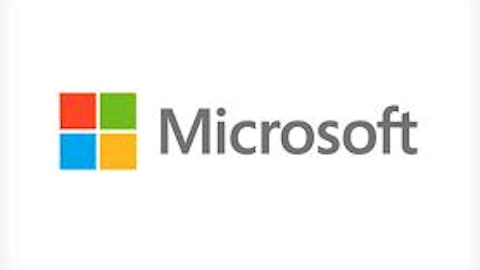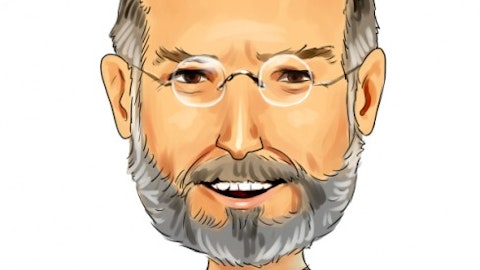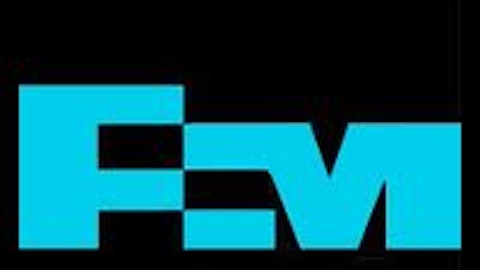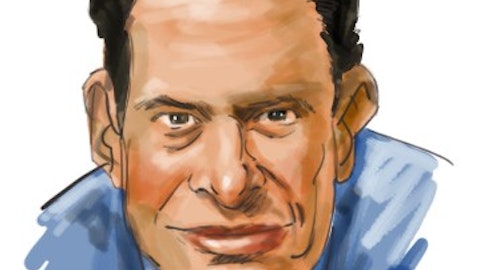SCANA Corporation (NYSE:SCG)’s margins have been improving recently, as customer growth continues and base rate increases are enforced. The utility company is forecast to see faster EPS growth over the next five years compared to the previous five, and its projected earnings expansion will be more robust than that forecast for many of its peers. The stock is also better positioned than peers based on valuation, as it is trading below both trailing and forward multiples of its industry.
Community Bank System
Community Bank System, Inc. (NYSE:CBU), a small-cap regional bank, is a committed dividend grower, with two decades of consistent annual dividend increases. Its dividend stability is evident from the fact that while many other banks suffered deep losses and slashed dividends during the 2008 financial crisis, this regional bank continued its long streak of dividend increases. The stock has a beta of 0.6. It sports a dividend yield of 3.7% on a payout ratio of 54% of its current-year EPS estimate.
The bank was one of last year’s best operational performers among U.S. regional banks, as ranked by SNL Financial. It is characterized by a disciplined approach to profitability growth, strong asset quality, and dominant market positions in its focus, mainly non-urban markets. What generally has worked to the benefit of the bank’s financial performance is its diversified financial services product offering, which includes wealth management and employee benefit plans administration and consulting.
These have given the bank a significant non-interest income exposure, which has helped buttress overall earnings in the environment of falling interest-rates that have squeezed net interest margins, hurting interest-based earnings. With loan growth of about 11.8% year-over-year in the previous quarter, Community Bank System, Inc. (NYSE:CBU)’s net income and diluted EPS have hit record levels for a first quarter. Acceleration in economic growth, including more robust employment gains, and interest rate increases bode well for Community Bank System, Inc. (NYSE:CBU)’s growth in the future. Having completed six branch or bank acquisitions over the past six years as well as a few acquisitions in benefits administration and consulting, Community Bank System, Inc. (NYSE:CBU) remains committed to a combination of organic and acquisition-based growth.
Sysco
SYSCO Corporation (NYSE:SYY), the largest U.S. food wholesaler and distributor of food service products, is also a dividend growth machine with 44 consecutive years of dividend increases. Despite such a long streak of consecutive annual dividend increases, SYSCO Corporation (NYSE:SYY) has reached a payout ratio of 61%, which is a testament to the consistency and size of the company’s earnings expansion over the past four decades. In fact, the company has achieved sales growth in nearly every year of the past four decades. SYSCO Corporation (NYSE:SYY) currently yields 3.3% and, with a beta of 0.69, it produces price returns that are less volatile than those of the overall market.
SYSCO Corporation (NYSE:SYY)’s demand patterns are closely tied to the restaurant demand, which is expected to gain traction with an accelerating job creation and economic growth. In fact, the National Restaurant Association’s Restaurant Performance Index expectations have climbed to an 11-month high, suggesting better days are likely ahead. Accelerated economic growth is expected to multiply the company’s average EPS CAGR forecast for the next five years relative to the average CAGR achieved over the past half decade. Still, with a moderate growth in its industry, SYSCO Corporation (NYSE:SYY) expects to grow sales through market expansion and market share gains.
It has traditionally expanded market share by half a percentage point per year. In addition to organic growth, acquisitions will help boost growth as well. With these initiatives, improved margins due to subsiding food inflation, and cost cutting through lower product costs and reduced cost structure worth a combined $550 million to $650 million per year through fiscal year 2015, the company looks to be on track to boosting its bottom line by as much as 45% by fiscal year 2015.
